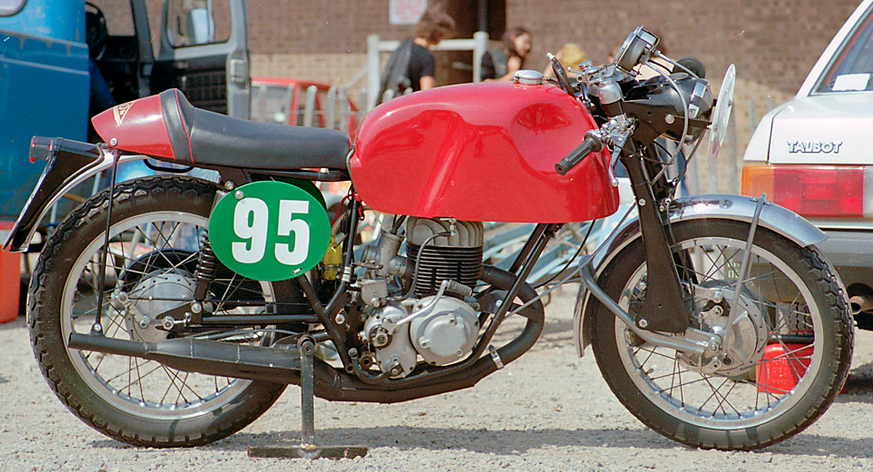
^ Back to Home Page ^
Period Roadtests
o

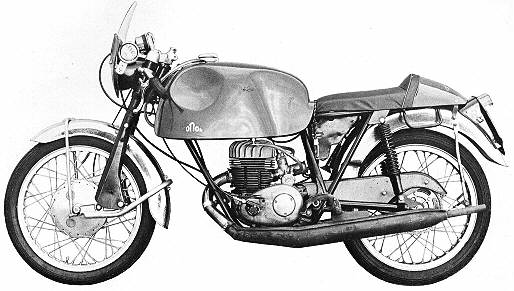
|
BY a cool six mpb, the Cotton "conquest'' which Derek
Minter and Peter Inchley took to a class victory in the
1965 500-mile race at Castle Combe, becomes the fastest
250 we have ever tested.
It averaged 91.9 mph round the 3-mile banked circuit of
MIRA'S proving .ground, Previous best was the 86.0 mph of
the Honda "Dream SS':
However, this "conquest'' is a road-going racer, with
questionable silencing and primitive lights, just conforming
to Road Traffic Act requirements and production-machine-
racing regulations.
High compression
Torque characteristics
Megaphonitis
|
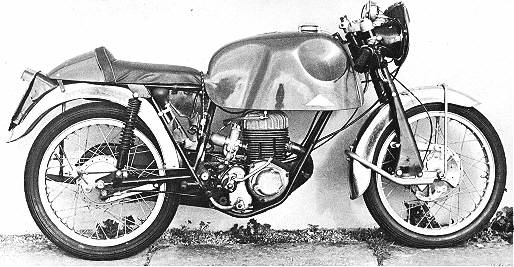
| Starting was infallible, Idling was a lumpy 2200 rpm with the engine nagging to be given the gun, It is a motor that has to be let off the leash - and then it's tops. Matching the power plant in its high-speed excellence, the Villiers four-speed gearbox had an ultra-fast action. When the bike was in full flight instantaneous 2-3 and 3-4 changes could be made clutchless at 7500 rpm by simply easing the grip and lifting the reversed pedal, Clutch action was reliable but heavy. Although the clutch was slip-proof for one full-bore take-off it needed time to cool before the treatment could be repeated. Precise and confidence-breeding, the navigation became its very best when the tester slid wèll back on the racing seat. Handling was then noticeably improved, without fear of front-end tightness or of either wheel stepping out. Cornering clearance to the left was fair, To the right, it was magnificent. On the straight, over roughish roads taken at high speeds, the bike held line but some mild twitching from the Armstrong front forks set in going over an un-level railway crossing on A5 at 80 mph. |
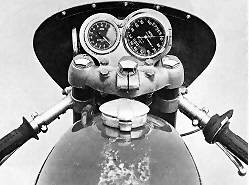
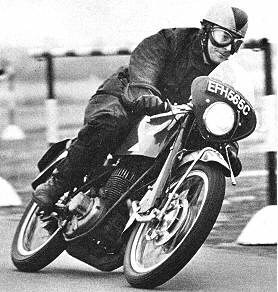
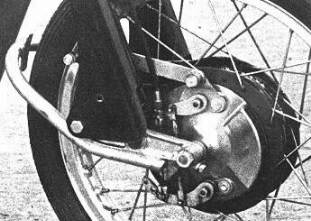
| This twitch, which always appears on racing Cottons over a certain type of bump, never worsens and is predictable as well as controllable, Suspension was firm, almost hard at town speeds. On the open road, it was splendidly damped as befits race-bred springing. Braking was progressive and powerful. The front unit was man enough to provoke loud tyre squeal at 70 or more mph. Nothing else could be expected from racing stoppers anyway, Conforming to road and race regulations, but expressly tailored for one particular event, the Minter/ lnchley Cotton conquest is a magnificent highway burner to take out into the country for the sheer zest of motorcyclist. |
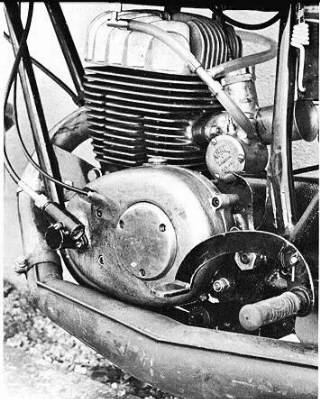
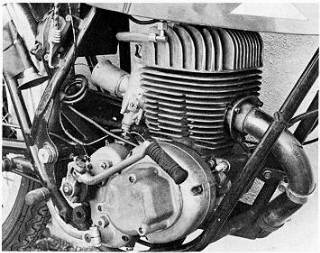
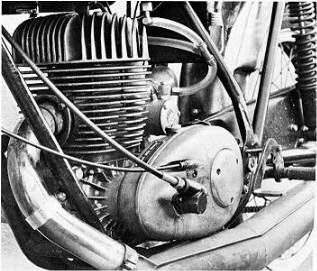
| (Top right) The tacho drive is taken direct from the Starmaker Crankshaft. Cable into top of chaincase controls the diaphragm clutch. (Top Left) The 7"-inch brake on the British Hub wheel has 2 leading shoes and a parallelogram reaction linkage. (Bottom left) Crank in the folding kickstart is to clear the reversed gear pedal whlch has up-for-up action. ( Bottom right) Distinctive finning of the later type Starmaker whose central exhaust port imposes severe frame constraints. |
| Engine: Villiers 247 cc Starmaker single- cylinder two .stroke: 68 mm bore and stroke; light .allov head and barrel; cr 12.0: 1 ; Amal 1 3/ 1 is-in Monobloc; expansion -contraction chamber exhaust system ; makers claimed output 30 bhp @7500rpm Electrical Equipment: Frame: Suspension:
Wheels:
Tank:
Weight:
General Equipment:
Price:
Makers:
|
